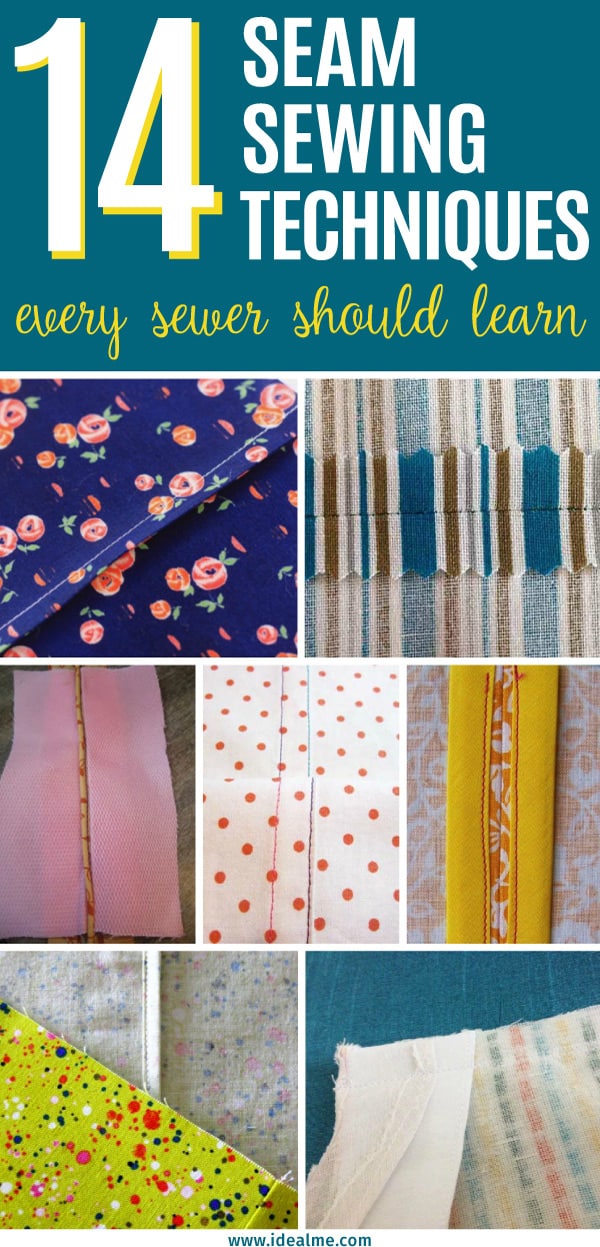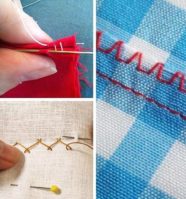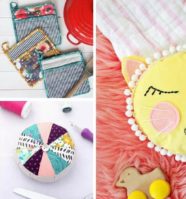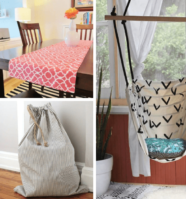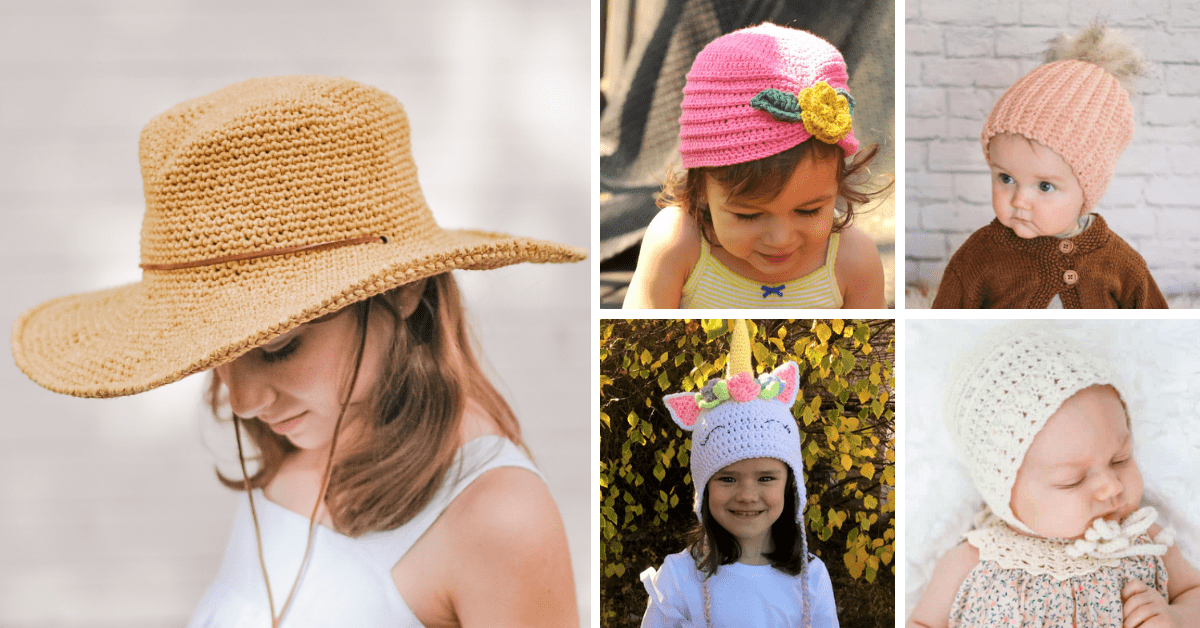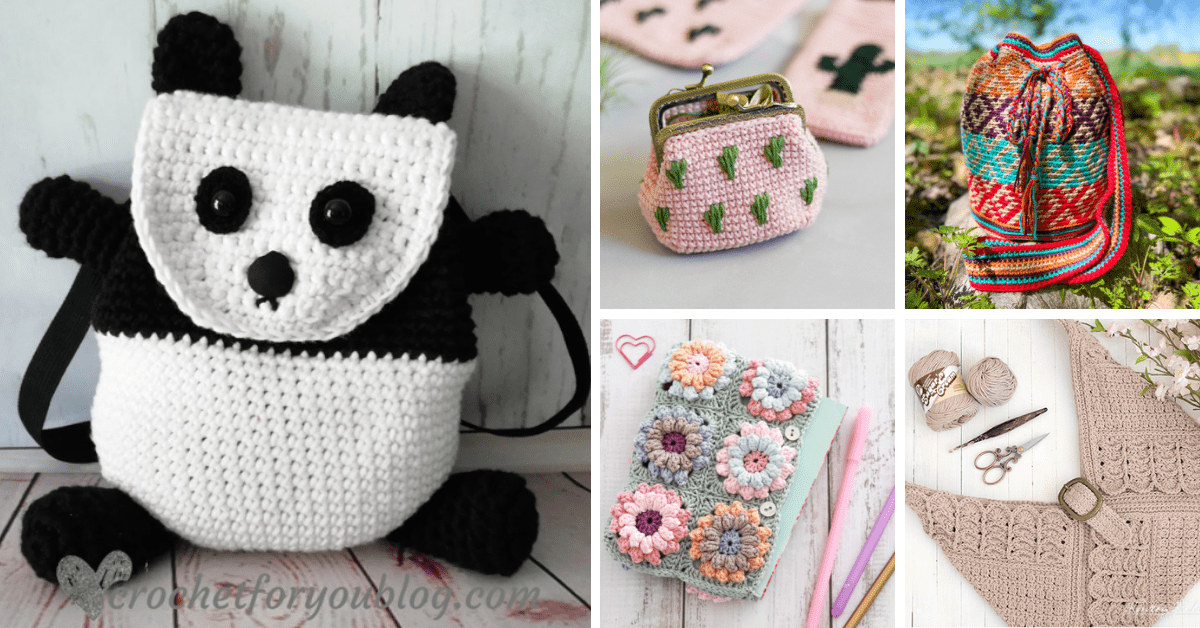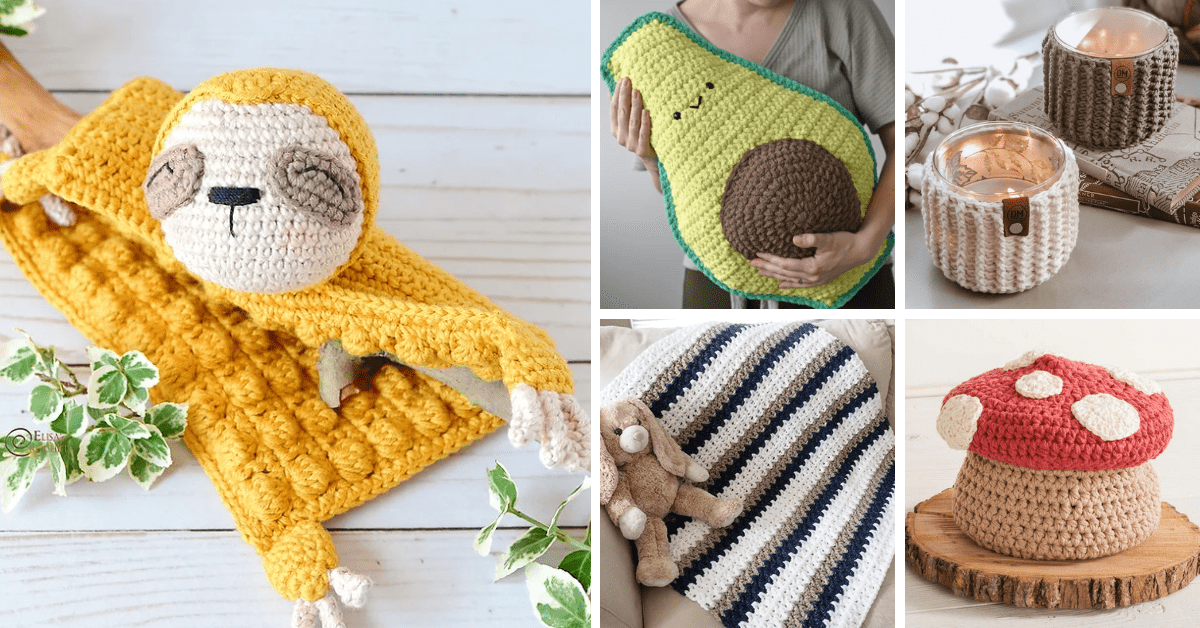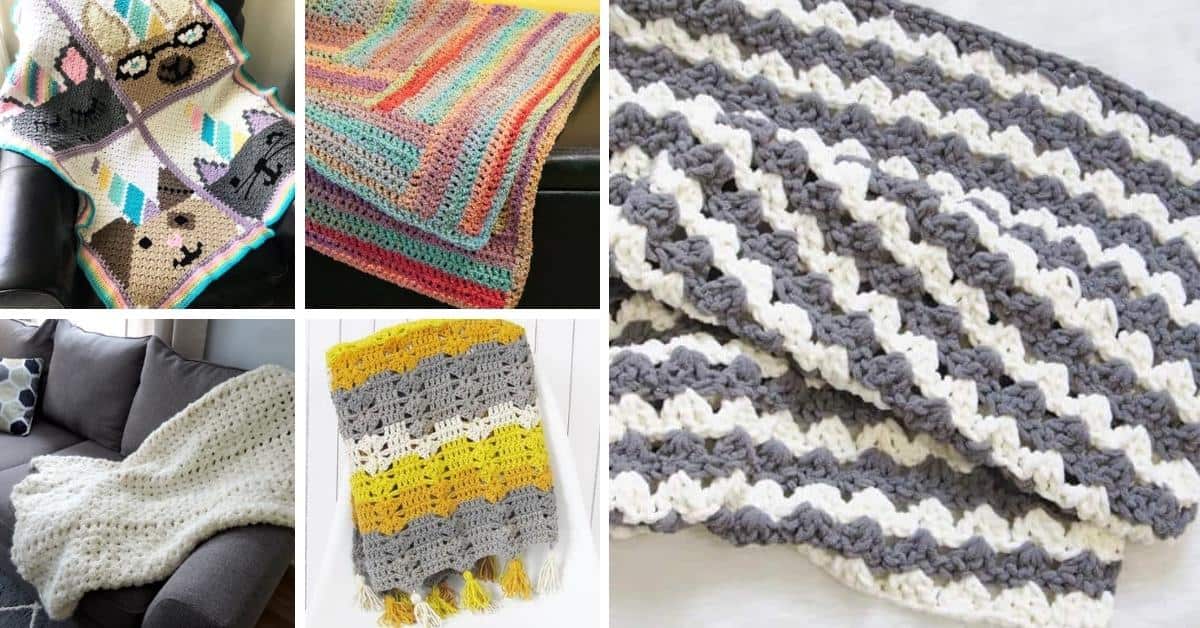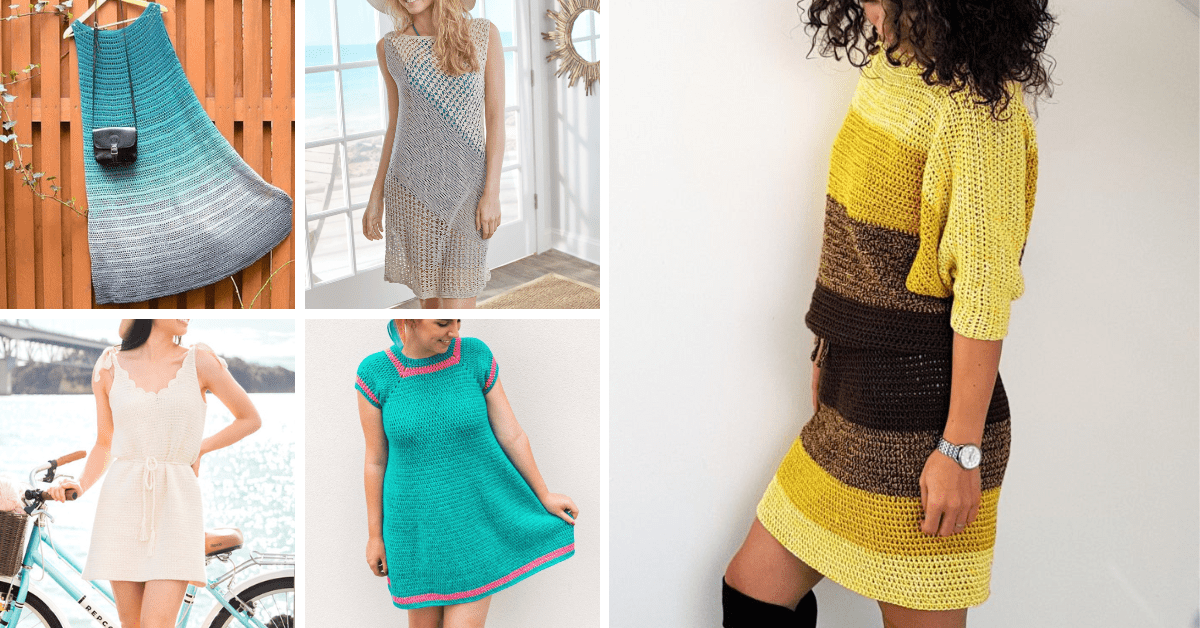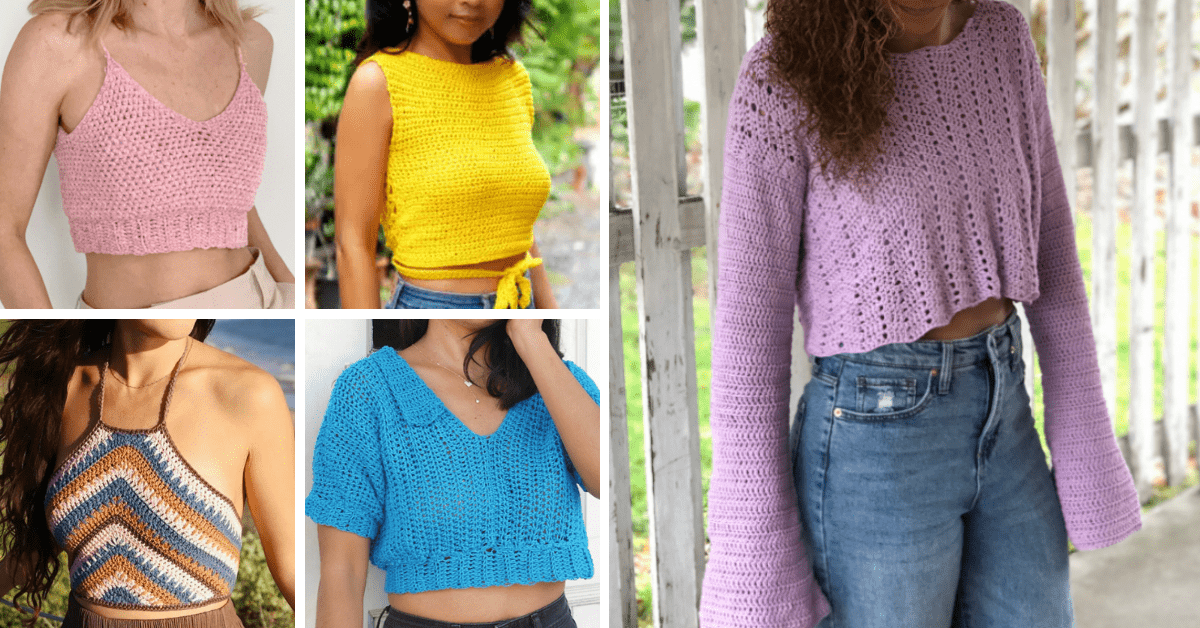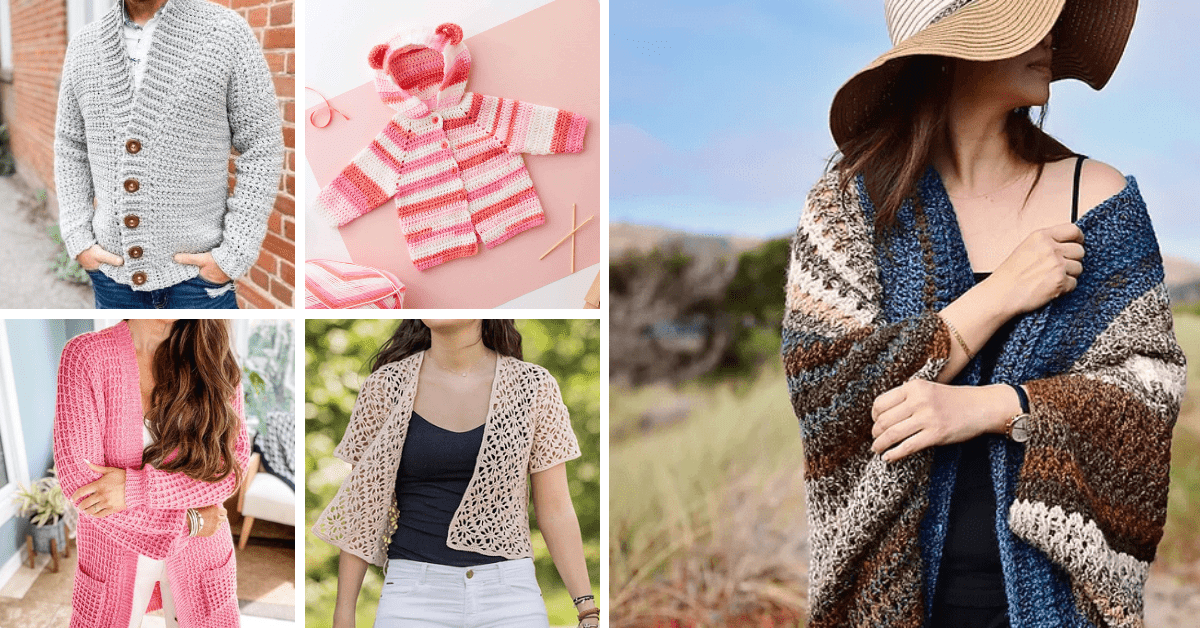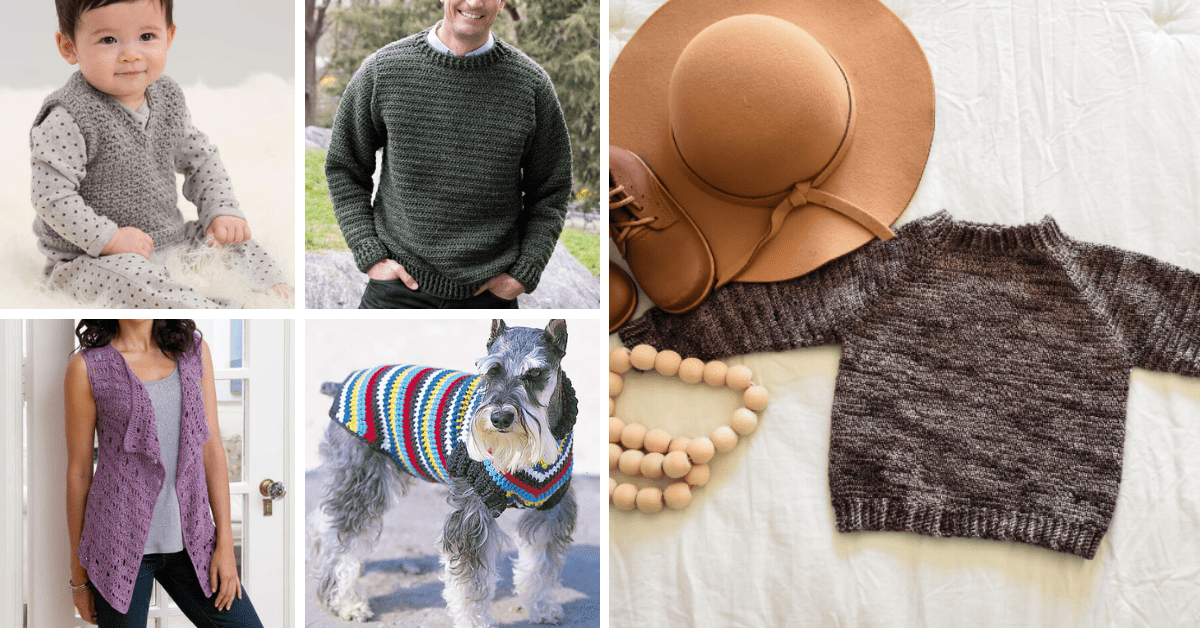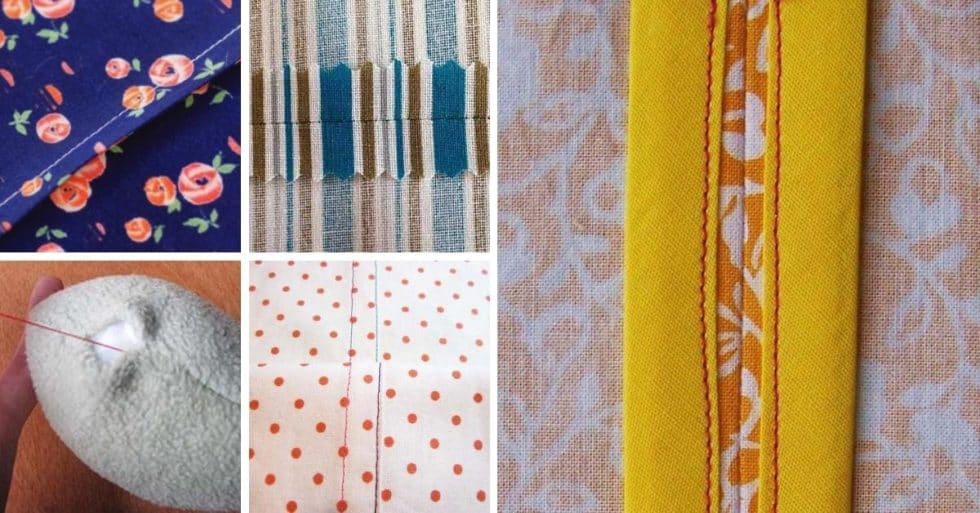
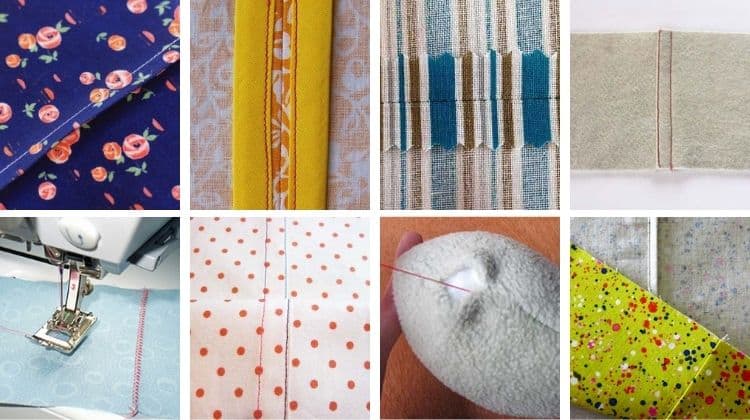
For those of you who are budding seamstresses, learning to sew seams is absolutely something that should be learned. You can’t very well put together a project without putting fabrics together – it's one of the basic building blocks of sewing!
Luckily, there are some very helpful tutorials, tips, and tricks to mastering sewing seams. A good knowledge of seam finishes will help you to enhance the look and feel on your sewing projects.
The 14 we’ve gathered here will surely help you master sewing seams of various types and for different uses.
How to Make Flat Felled Seams
Making a flat felled seam is a detail with a place in history as well as a place in the world of professional seam finishes. You can find references to the flat felled seam technique in vintage as well as hand sewing. And, if you look down right now at the inside seam of your jeans, you'll see a trademark flat felled seam.
Via Sew 4 Home
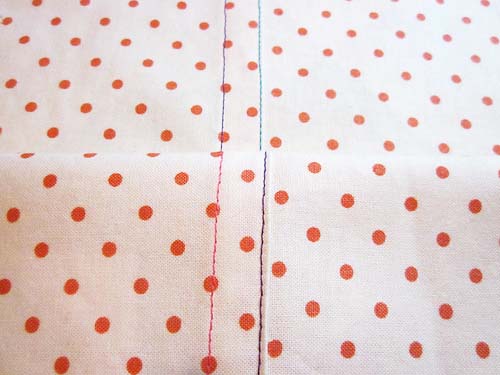
How to sew seams: Plain seams
If you’re a beginner who is just learning how to sew, then this is perfect for you as we are starting with the basics, how to construct plain seams.
Via Woman’s Weekly
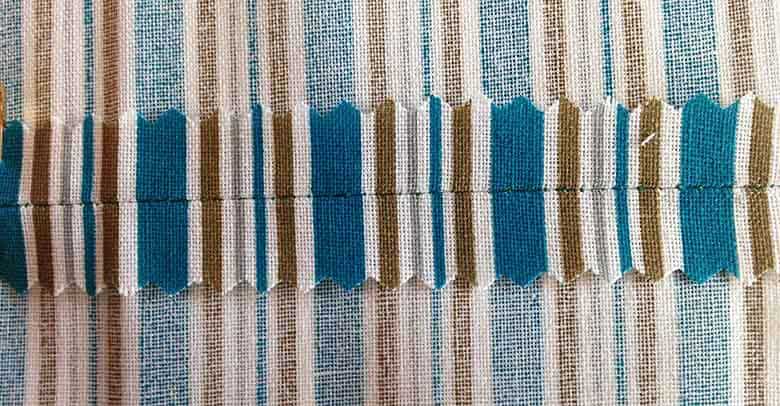
7 Ways to Finish a Plain Seam
After doing a plain seam, there are several ways you can finish it to give it a more professional look.
Via wildflowers + whimsy
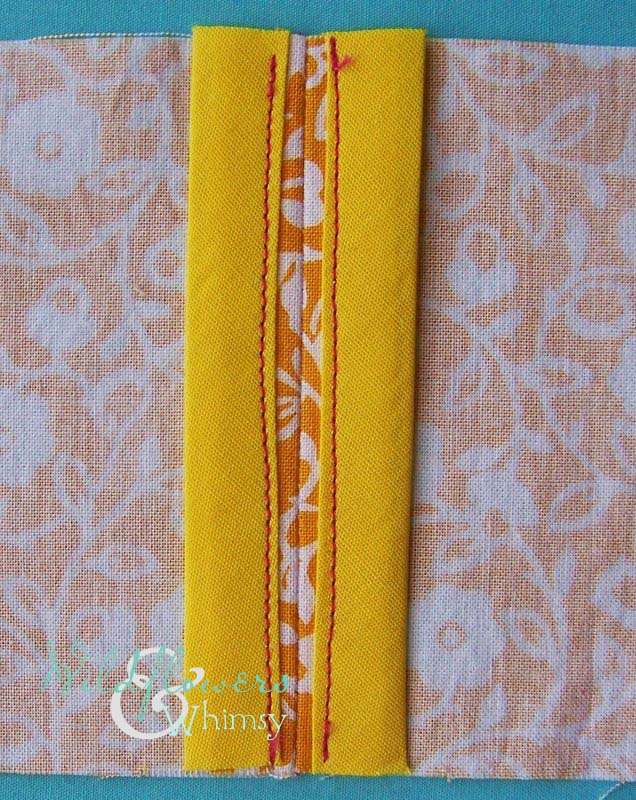
How to Sew a French Seam
French seams are a handy little skill to have in your repertoire. They’re great for delicate fabrics because they enclose the raw edges inside two seams, so any fraying will stay hidden in the seam. And because you’re sewing two seams, they make strong seams with a bit of insurance. They take a little extra time, but look lovely and neat on the wrong side and really add a professional finish. They work best on straight seams or seams with only a slight curve, such as the side seams of skirts, trousers or tops.
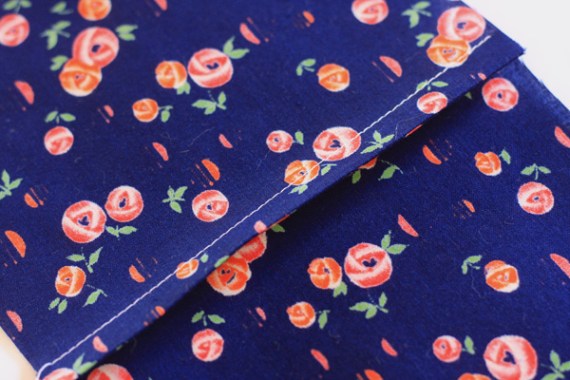
New Trick to Sewing French Seams
A French seam is a seam within a seam. This new trick stitches the first seam of a French seam with a little zigzag. This method keeps any threads from peeking through the seam on the right side.
Via We All Sew
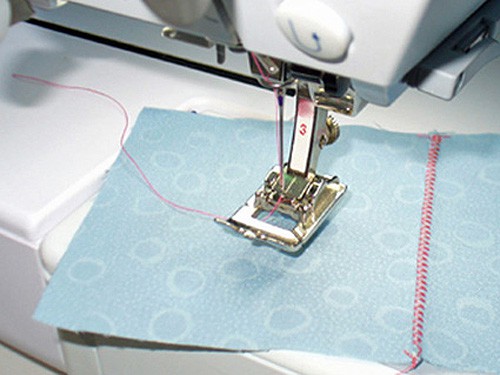
When to Use a Seam Finish
Seam finishing is a very important part of the sewing process. It makes the inside of your garment or project look just as neat and clean and professional as the outside, and it prevents the fabric from fraying and creating a mess. There are many, many different finishes you can choose from, but these highlights some of the basics today and when you should use them.
Via Megan Nielsen Design Diary
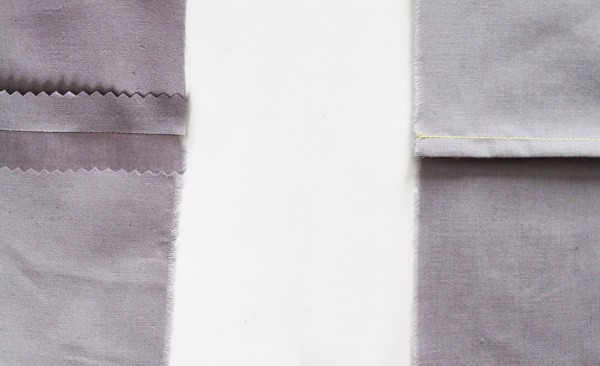
Sewing the Slot or Peek-a-Boo Seam
A slot seam allows you to add a little peek-a-boo of fun to your sewing. The seam can lie closed, but it pops open just a bit to reveal another fabric inside. Use a simple contrasting solid, or a whole different print. This can be incorporated into clothing really easily!
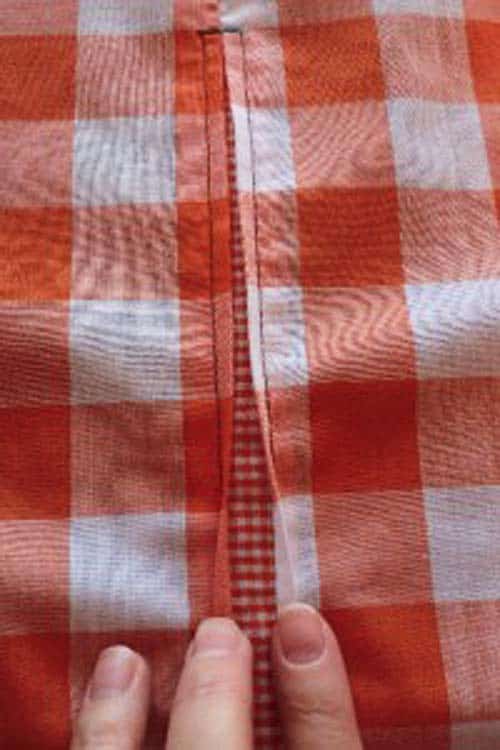
How to Sew a Self-Bound Seam
A self-bound seam looks like a tiny French seam, but it’s sewn completely different. The seam allowance is used to bind all the raw edges so that the inside of the garment is all tidy and clean. Perfect for thin cottons and other wovens for a really elegant interior.
Via Craftsy
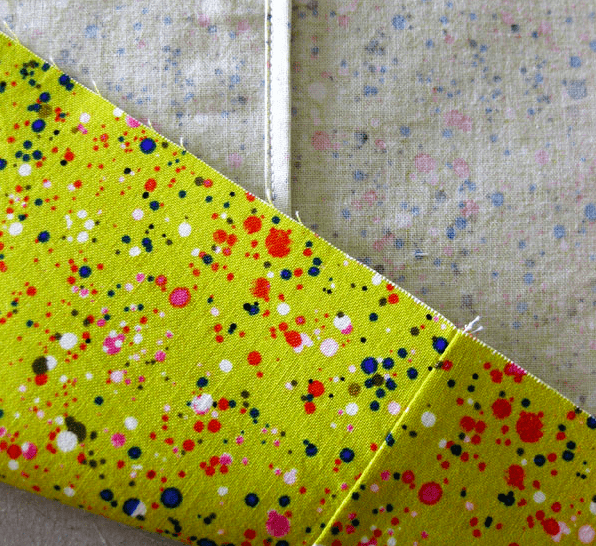
Hairline Seam
This is the ultra-thin version of the French Seam. It’s very useful if you’re making fine linen pieces (like coifs), or if you’re working with dolls and cannot divorce yourself from the idea of fully finished seams.
Via Semsptress
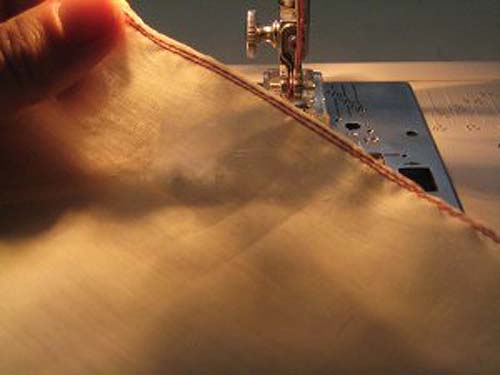
Lapped Seam Tutorial
This is a very simple seam. It works best with fabrics that don’t fray, such as felt and leather. The Basic Lapped Seam is made by simply overlapping two pieces of fabric. This limits any bulk at the seam and works well with awkward seams, such as joining irregular shaped edges.
Via Sewtorial
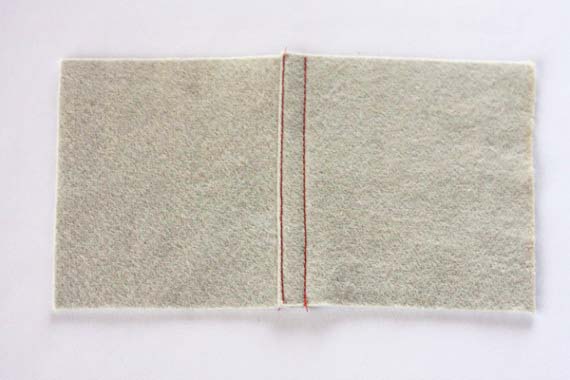
Corded Seam
A Corded Seam is a decorative seam or edge and can be used as a design feature on a garment.
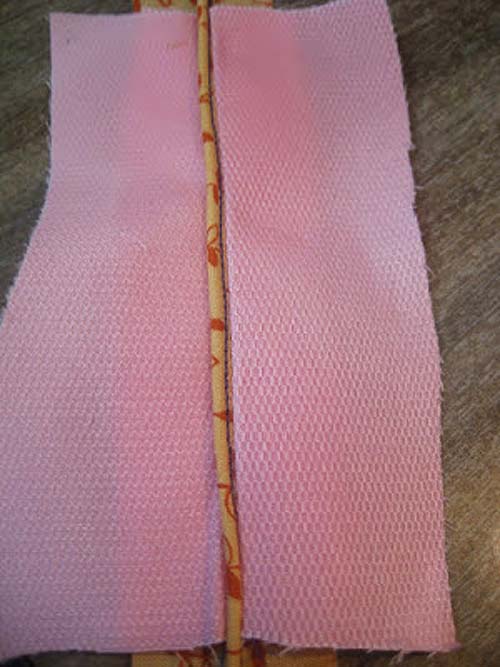
4 Ways to a Faced Seam
The advantage of using facing to finish the edges is that the raw edges of the fabric will be well hidden inside the fold of the facing. The professional touch this gives to your edges is something.
Via Sew Guide

The Invisible Seam, The Hidden Stitch
To close up a seam without showing any stitches you can use the hidden stitch, sometimes it is also called a ladder stitch. This is a really useful stitch to use when you are closing up stuffies, a turning hole or binding the edge of a quilt.
Via Fern & Freckle
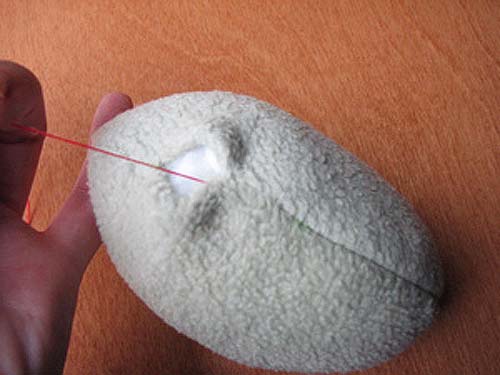
How to Slip Stitch a Seam Closed
Sewing the opening closed where you turned a bag right side out isn't difficult, but it can certainly be ugly and obvious if not done well! Here is an easy way to get nice results when slip stitching your seams closed.
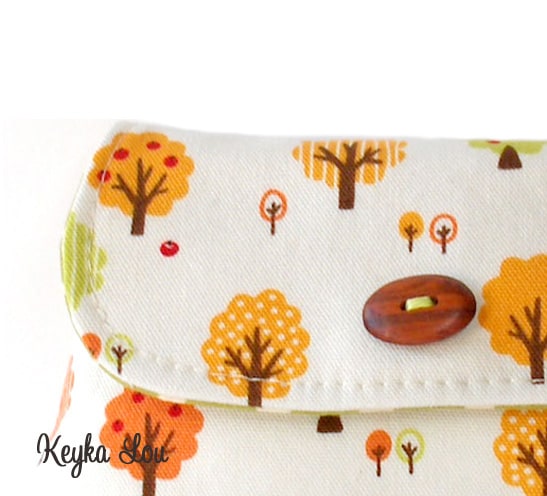
Conclusion
Now that you know these techniques to sewing seams, you can begin that project you’ve been wanting to start. A bag, maybe? Or, a dress?
